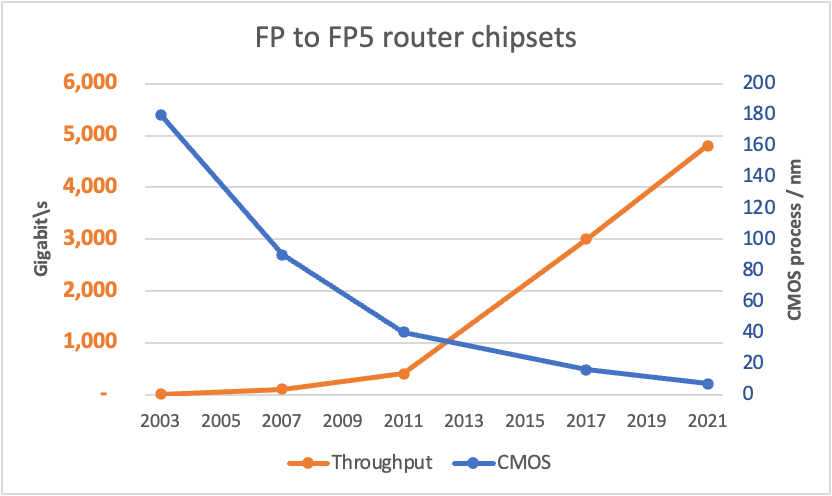Lumentum bulks up with NeoPhotonics buy
 Tuesday, November 9, 2021 at 8:25AM
Tuesday, November 9, 2021 at 8:25AM Lumentum is to acquire fellow component and module specialist, NeoPhotonics, for $918 million.
The deal will expand Lumentum’s optical transmission product line, broadening its component portfolio and boosting its high-end coherent line-side product offerings.
 Vladimir Kozlov
Vladimir Kozlov
Gaining NeoPhotonics' 400-gigabit coherent offerings will enable Lumentum to better compete with Cisco and Marvell. Lumentum will also gain a talented team of photonics experts as it looks to address new opportunities.
Alan Lowe, Lumentum’s president and CEO, stressed the importance of this collective optical expertise.
Speaking on the call announcing the agreement, Lowe said the expanded know-how would benefit Lumentum’s traditional markets and accelerate its entrance into other, newer markets.









